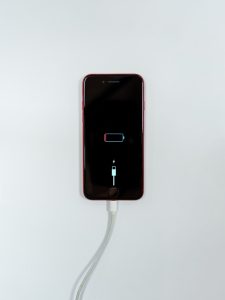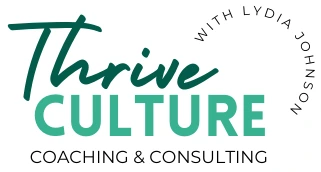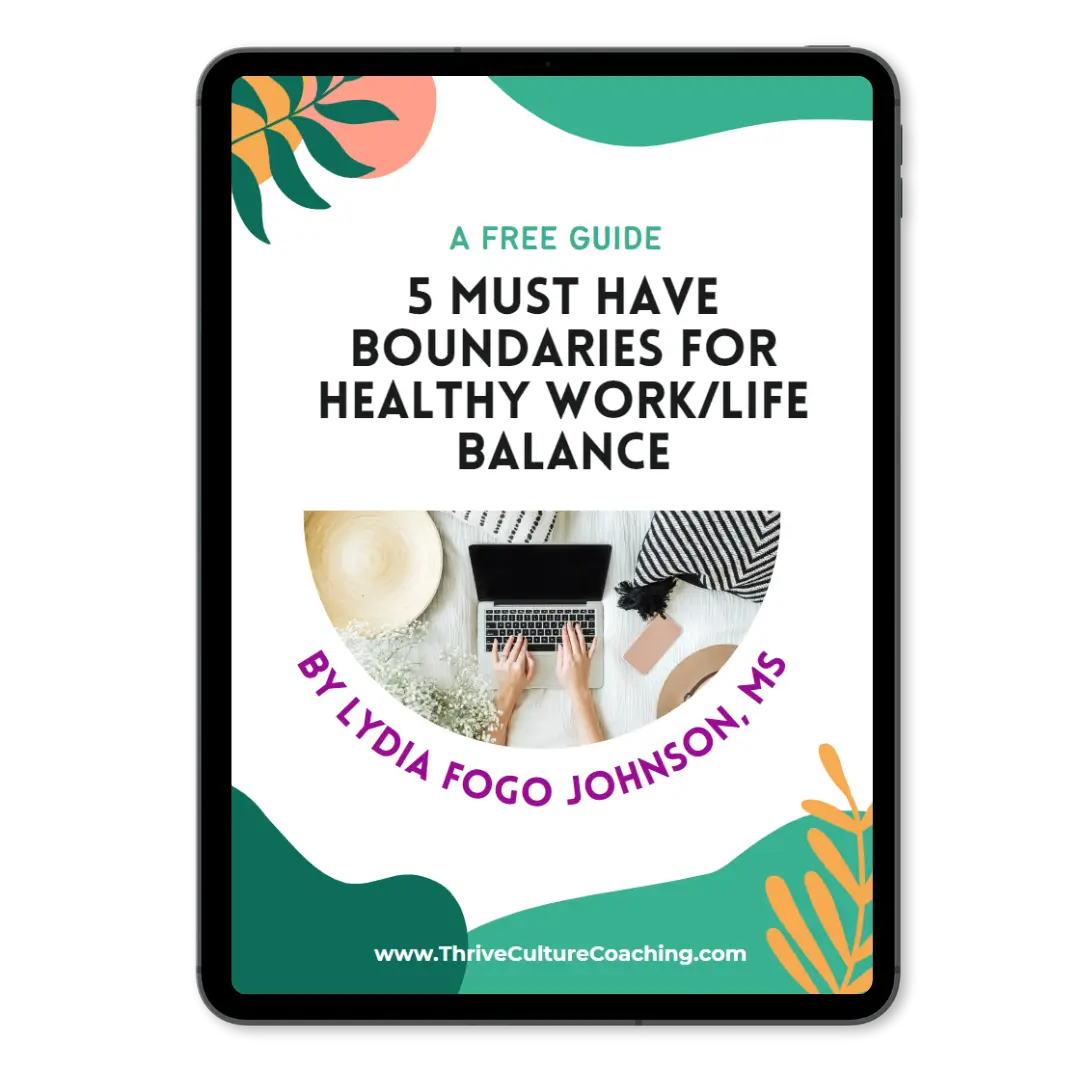Table of Contents
Introduction: Motherhood Stress & Mom Burnout
Motherhood stress isn’t just about being busy. It’s the relentless, invisible weight of managing everyone else’s needs while trying not to drop your own. From school forms and pediatrician appointments to birthday RSVPs and groceries, the mental load never ends. And for working moms, that list doesn’t pause when the workday begins. It just multiplies.
I’ve spent years studying burnout in the workplace. But it wasn’t until I became a holistic career and burnout coach that I started seeing the whole truth. Every single woman I worked with — especially mothers — was carrying stress from both work and home. The clearest moment came during a consult call with a couple. The husband told me he was feeling bored and unfulfilled by work. The wife? She was burned out across the board. Same household, two very different realities.
And I knew that story, because I had lived it. Becoming a mom shook my sense of self and strained my marriage in ways we never anticipated. The systems that had “kind of worked” before a baby collapsed under the weight of caregiving, housework, and expectations. We had to rebuild everything — from how we shared responsibilities to how we defined “good enough.”
That experience helped me realize something important: the same evidence-based system I use to help women prevent and recover from workplace burnout can be translated to the home front. It’s not just about managing your calendar or getting more sleep. It’s about addressing motherhood stress at the source — and building a foundation that actually supports you.
In this post, I’ll walk you through the same three-part system I’ve developed from years of research, proven interventions, and academic studies to prevent burnout at home and at work. It’s designed to help you reduce the pressure, protect your energy, and recover from chronic overload in a way that actually works.
Why Motherhood Stress Is So Overwhelming (and Often Ignored)
If you’ve ever wondered why you feel like you’re constantly running on empty — even when nothing is “technically wrong” — you’re not alone. This isn’t just a personal struggle. It’s a collective one.
Working moms across the globe are burning out. Hard.

During the COVID-19 pandemic, burnout rates among women skyrocketed… while men’s actually declined. Millions of women were forced out of the workforce, and over a million still haven’t returned. Many who stayed did so under impossible conditions, juggling full-time jobs, virtual school, caregiving, and household responsibilities with no safety net. The result? A surge in stress, exhaustion, and a deep sense of being unsupported.
And even now, long after those early lockdowns, the burden hasn’t eased. Women and moms continue to carry 60% of unpaid labor at home. That adds up to the equivalent of moms working 16.25 extra full days per year. Not a few extra hours — 16 full 24-hour days!
No wonder you feel depleted.
So if you’ve been thinking, Why can’t I keep up? Why am I always the one who remembers everything? Why do I feel so bone-deep tired even after a weekend “off”? — please hear this: it’s not because you’re not doing enough. It’s because you’re doing too much, with too little support, in a system that still expects you to make it all look easy.
While we absolutely need bigger societal, cultural, and company changes — like paid leave, affordable childcare, and more equitable workplaces — we don’t have to wait for all of that to begin making things better at home.
There is real power in starting with your own sphere of influence. That’s what the next section is about: reducing what’s on your plate in ways that are actually doable.
1. Prevent the Stressors You Can
If your plate is overflowing, the first question isn’t “How do I handle it all?” — it’s “Does all of this even have to be done at all… and if so, MUST I be the one to do it?”
The first step in reducing motherhood stress isn’t self-care. It’s subtraction.
Prevention is about lightening the load before it weighs you down. Instead of powering through every expectation, ask: Can this be removed, reduced, redistributed, or rethought?
Here’s how:
- Reduce: Are there things you can take off your plate entirely? Maybe it’s saying no to being room parent, skipping that optional bake sale, or letting go of over-the-top birthday planning. “Good enough” is often more than enough… and yes, we can even aim for being a “good enough mother” instead of a perfect one.
- Redistribute: Who else can carry part of the load? This might mean sharing the mental load more equitably with a partner, asking a friend to swap school pickups, or leaning on community. For some couples (including my husband and I!), tools like Fair Play have been game-changing for creating fairer systems at home. (It was so helpful to me, I became a certified Fair Play Facilitator!).
- Reorient: Can you shift how you think about the task? Sometimes stress comes not from the task itself, but from the pressure we put on ourselves. Could this be done less perfectly, with less guilt, or with less internal judgment? Could “homemade” mean store-bought? Could “clean” mean livable?
Think of your mental load as a backpack. Prevention is about pulling out the bricks that don’t need to be there — or handing a few of them to someone else. It’s not lazy. It’s smart. It protects your future self from tipping over the edge.
Try it:
Take five minutes to write down everything you’re carrying — your mental to-dos, the invisible planning, the things that wake you up at 2 a.m. Now ask: What can I let go of? What can I do 80% instead of 110%? What doesn’t even belong to me?
In the next section, we’ll look at what to do when the stressors can’t be removed — how to buffer yourself so they don’t break you.
2. Buffer Yourself from the Stress You Can’t Avoid
Not all stress can be avoided. There will always be sick kids, unexpected work emails, and the never-ending school notifications. But even when you can’t take a stressor off your plate, you can protect yourself from its full impact.
Buffering is about creating support systems that soften the blow. Think of it like an umbrella in a storm — you can’t stop the rain, but you can stay dry.

Here are a few ways to build that buffer:
- Lean on your people: Time with supportive friends, trusted family, or mom groups can be one of the most protective factors for mental health. Social connection isn’t indulgent. It’s essential.
- Build real boundaries: Whether it’s blocking off time after work to be present at home or setting screen-free hours on weekends, better work-life balance and healthy boundaries protect your peace. They also teach others how to respect your limits.
- Grow your support team: This might look like hiring a cleaner, ordering groceries instead of shopping, or organizing a meal swap with neighbors. Whatever reduces the load counts. And no, you don’t need to clean the house before the cleaner comes!
You can’t eliminate every stressor. But you can equip yourself with more armor, support, and options to better cope with stress when it inevitably comes your way. That’s what buffering is all about.
Try it:
Think about a current stressor in your life — something you can’t remove, but that feels especially draining. Ask yourself: What would it look like to protect myself from the full weight of this? Is there support you could ask for, a boundary you could draw, or a resource you could use to make this a little easier on yourself?
Next up: what to do when your battery’s already drained — how to restore and recover from the stress that’s already taken a toll.
3. Restore Your Energy and Capacity
Even with prevention and buffers in place, modern motherhood is still demanding. That’s why the third part of the framework — restoration — matters so much.
Think of yourself like a phone battery. Every decision, every tantrum, every late-night email drains a little more charge. Restoration is how you plug back in.

Rest looks different for everyone. It might be carving out quiet time for yourself each week, even if it’s just an hour at a coffee shop or a solo walk. It might be reconnecting with a hobby that lights you up, or spending time with friends who make you laugh instead of plan.
Sometimes, it’s tiny moments that matter most — like sipping your morning coffee outside in silence or letting yourself read something just for fun. Micro-rest isn’t a substitute for deeper restoration, but it’s a powerful place to start.
And here’s something we often forget: flow states are restorative too. Whether it’s solving a creative challenge at work or cooking a meal while listening to music, getting into “into the zone” recharges your mental and emotional capacity.
Restoration isn’t a reward you earn after doing enough — it’s a requirement for staying well. It’s how you refill the tank you’re drawing from every day.
(Pst- Make sure you’re avoidingfalling prey to “faux self-care,” which are activities or products people or companies tell us we should do. In contrast, true self-care that actually refuels our tanks.)
Try it:
When was the last time you felt truly recharged and restored. Reflect on what helped you feel that way. Then ask: What’s one small thing I could do this week to recreate that feeling — even for 10 minutes?
This Isn’t About Doing More — It’s About Doing Differently
If you’re feeling stretched too thin — like you’re holding it all together with coffee, calendar reminders, and sheer willpower — it’s not because you’re broken. It’s because you’re operating inside systems that were never designed to support women, especially working mothers.
Motherhood burnout isn’t a sign that you’re failing. It’s a signal that something needs to change. And not just at work. Not just at home. But in how both sides of your life connect, and how you’re supported (or not) across all of it.
That’s where She Leads Well comes in.
She Leads Well is my evidence-based career and burnout coaching program, built for women who are done patching the leaks and ready to redesign the whole system — the one at work, the one at home, and the one inside your head that’s still whispering “not enough.”
We work together to uncover what’s draining you, what’s no longer working, and what sustainable success could look like on your terms. You’ll leave with practical tools, clearer boundaries, rebalanced systems, and a restored sense of self.
Because you weren’t meant to just survive your life. You were meant to thrive.
Ready to feel more like yourself again — at work, at home, and everywhere in between?
Then let’s talk. Book your free burnout coaching consultation today.




Share